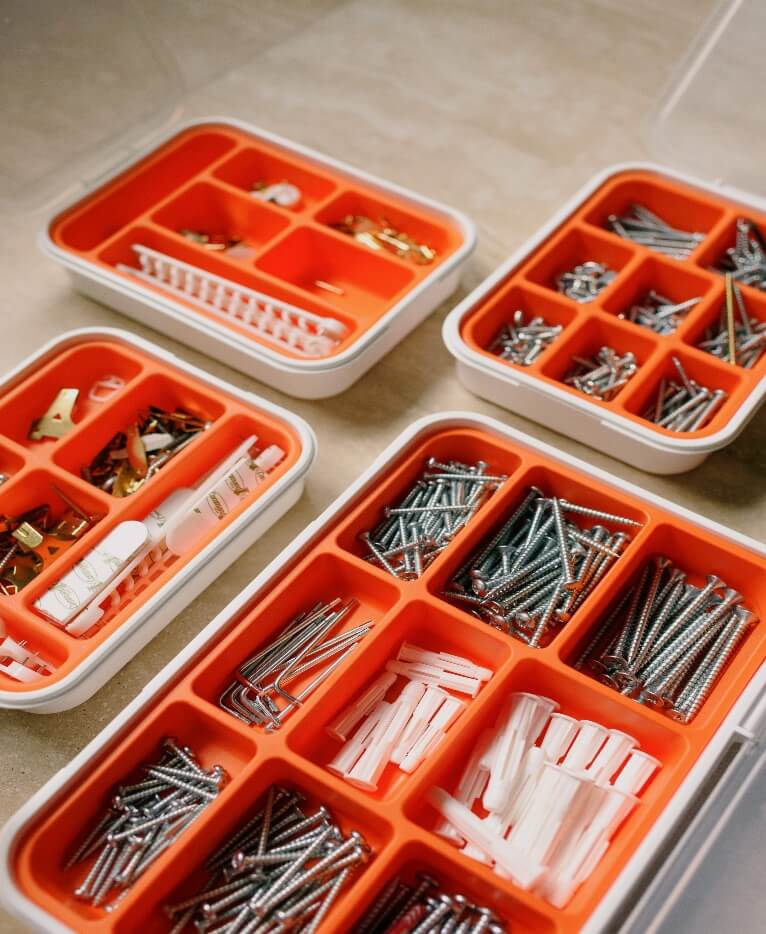When performing a wide range of repair and construction work, you can not do without the use of various fasteners. Today’s construction market presents a wide range of these products, which are required for quality solutions to various technical and technological problems. Now times are different – other repair and construction technologies are used, which led to an increase in the variety of Scrooz fasteners. Their functional purpose can be quite different – from fixing a board with a simple nail, to mounting an anchor that must withstand high operating loads.
This material will discuss the main types of fasteners, the different classifications, markings, and areas of application. They are presented in a wide variety of shapes, sizes, and purposes – the most common to date are:
- Nuts;
- Towels;
- Anchors;
- Screws;
- Self-tapping screws;
- Rivets;
- Studs;
- Solar heaters
- Washers and others.
- Depending on the thread pitch, fasteners can be metric or nonmetric (adapted).
In addition, there is another classification of fasteners – it is based on other criteria. According to it, these elements are:
Threaded, increased strength;
Fasteners for mass use;
Fasteners for shockless fixation and one-way installation;
Elements for sealed constructions;
Fasteners are required for securing polymer composite materials.
This classification, although it greatly simplifies the process of sorting, is conditional, since the elements of one group may refer to another. Let’s consider the main of them in more detail.
Nails
There is probably no craftsman today who would not use nails in the process of his work. This is the most ancient and widespread fastening material to date, which is widely used in many sectors of human economic activity. The material of their production is usually steel or steel types of wire. The marking of nails consists of two numbers:
- diameter of the rod;
- its length (in mm).
Nail heads of these elements can be smooth or corrugated, and screw and trefoil nails can have screw-like, longitudinal and transverse grooves, burrs, or dents on the shank. Such products offer considerable resistance to pulling processes.
Depending on the technical characteristics of the material, the scope of use of nails also differs. For example, products made of hardened steel can safely be hammered into walls made of brick or concrete. However, when working with them, you should pay attention to the high fragility of this material. To attach them to rigid surfaces, it is necessary to use wallpaper, tolay, and plaster varieties of nails. They are made with flatter and wider than usual heads, as well as shorter rods. In corrosive environments, copper nails, which are virtually corrosion-free, as well as galvanized nails or alloy steel products, can be used.
Conclusion:
Other products are also used for quality fasteners: Washers – round plates made from the cold-rolled band. They are used to increase the strength of bolt connections by placing them under the head of the bolt or under the nut; studs – cylindrical rods with external threads chopped all the way through or at the ends. Used in cases where no other material in the connection is not threaded; screws – rod fasteners with a tapered point that have the property of creating new threads in plastic or wood products. There is a very large selection of fasteners on the building materials market. They should be selected in full accordance with the technological features of the application and technical purposes, as well as the conditions of use.
Now times are different – other repair and construction technologies are used, which led to an increase in the variety of Scrooz fasteners

